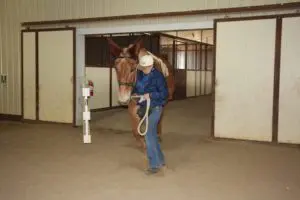AHC Update: AHC Comments on IRS Proposed Changes to Pari-Mutuel Wagering
 The following is an announcement from the American Horse Council.
The following is an announcement from the American Horse Council.
Today, the AHC submitted comments in support of an Internal Revenue Service (IRS) proposed rule regarding withholding requirements on pari-mutuel winnings. The proposed rule would make changes to withholding requirements that more accurately reflect
the current state of wagering in the horse racing industry. The rule, if made final, will be of great benefit to horse players and the racing industry.
Specifically, the proposed rule would define “amount of the wager” as the total amount wagered by a bettor into a specific pari-mutuel pool on a single ticket for purposes of determining whether wagering proceeds are subject to 25% withholding on winnings of $5,000 or more and are at least 300 times as large as the amount wagered.
[toggle_framed title=”Continue Reading” variation=”blue”]
Currently, the IRS does not recognize the total amount wagered on an exotic bet with “boxes,” “wheels,” and “keys,” when determining whether the 300:1 ratio has been met and 25% withholding is triggered, only the cost of the individual winning bet. This greatly increases the number of winning bets that are subject to withholding and does not accurately reflect the actual amount bet and the actual amount won. An example of how the current withholding requirements work and how they would work under the proposed rule can be found here: Example Under Current IRS Regulations.
In its comments, the AHC stated the current rules were written before “exotic bets” existed and do not accurately take into account the total amount wagered in many instances and the proposed changes will fix this issue. The AHC expressed its strong support for the proposed regulations and urged the IRS to finalize the rule as soon as is practical.
The AHC has requested the IRS make the proposed change for many years. The proposed rule can be viewed here: https://www.
If you have any questions, please do not hesitate to contact the AHC at info@horsecouncil.org or 202.296.4031.
[/toggle_framed]






















